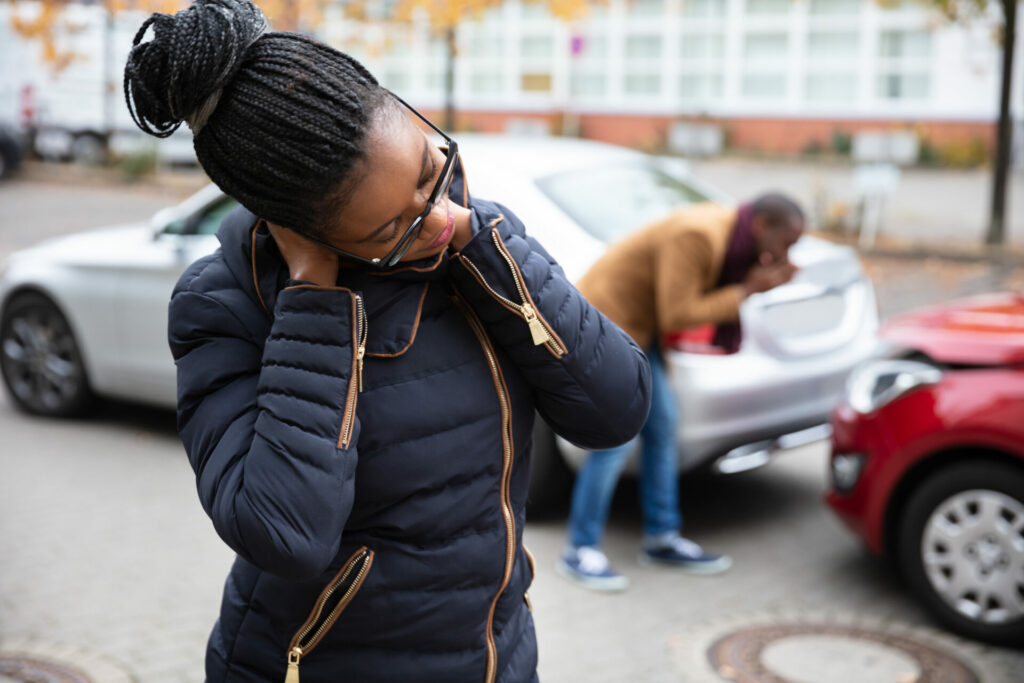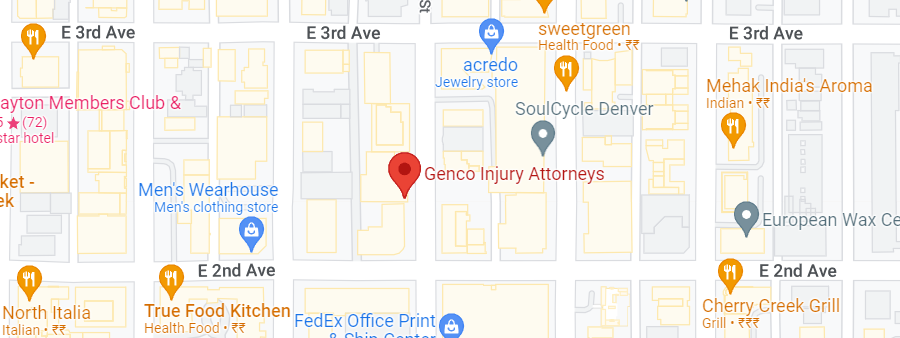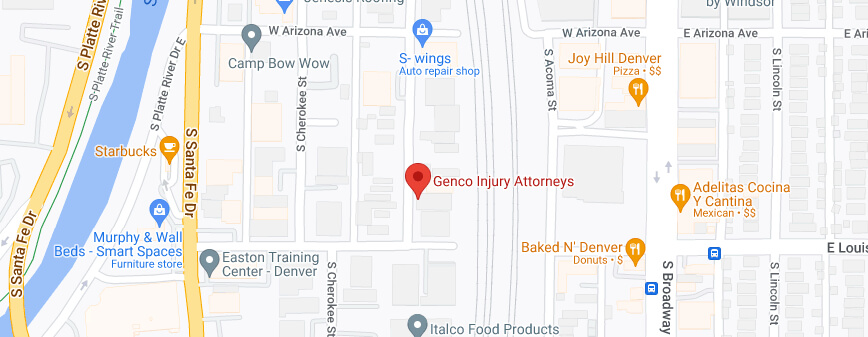Many motorcyclists like to use their bikes as quick, efficient means of transport. Because they’re smaller than most vehicles, it can be tempting to dodge and swerve through traffic in spaces much too tight for four-wheeled transport. However, Colorado has some laws forbidding many of these maneuvers, and bikers who disobey may find themselves pulled over by the highway patrol–or worse.
What Is Lane Splitting?
Lane splitting happens when a biker travels in at least two lanes of traffic moving in the same direction and rides between slow-moving or stopped vehicles to get ahead.
It may appear to be a logical action that allows the smaller motorcycle to move ahead more quickly. But it can lead to accidents.
What Are the Risks of Lane Splitting?
The risk of accident and injury rises. According to a study from the UC-Berkeley Safe Transportation Research and Education Center, motorcyclists who keep their speed the same as the motorists around them don’t increase their risk when lane-splitting. But many bikers increase their speed to get further ahead.
The same study found that accidents rise during heavy traffic, such as weekday mornings and evenings. The most likely scenario for a lane-splitting accident is the biker rear-ends another vehicle or strikes a side mirror. These accidents can result in the biker being thrown off the motorcycle and onto another vehicle or into the path of an oncoming vehicle.
Another problem is that vehicles have blind spots, and drivers may not see the motorcycle coming and attempt to change lanes themselves, striking the biker. Or the sudden appearance of the motorcycle when traffic is slow or stopped could startle a driver and cause them to swerve into the biker.
There’s also the possibility of “dooring,” which happens when someone in a vehicle opens a door and hits the biker. If this happens during lane splitting, it can make a complex case, as both sides may have some fault if there are injuries or damage.
What Happens if I’m Charged with Lane Splitting in Colorado?
If a motorcyclist is charged with lane splitting, they could end up with a traffic infraction, a fine somewhere between $15-100, depending on the severity of the situation, and points on the motorcyclist license, which might lead to an increased insurance cost or, if this happens multiple times, having their license suspended.
If an accident occurs while the motorcyclist is lane splitting, liability is nearly always placed on the biker because lane splitting is against Colorado law. However, Colorado also operates under comparative negligence for personal injury cases. This comes into play when more than one party is at fault for the accident and the injuries. The courts can assess the evidence and apportion fault in percentages. As long as the injured person is deemed 50% or less at fault for the accident, they can claim financial damages for the injuries, which will be reduced by the amount of their liability.
For example, a motorcyclist is lane splitting. A car ahead of them speeds up and veers across the lane without signaling, hitting the motorcyclist, who is injured. The court might look at both sides of this scenario and acknowledge that the motorcyclist broke the law and might not have been injured if they’d stayed in their lane while also acknowledging that the driver was driving recklessly. The motorcyclist could be found 40% responsible for the injury. If the damages awarded them were $10,000, they’d receive $6,000 instead because of the 40% comparative negligence.
What Other Motorcycle Laws Should I Know About in Colorado/
Besides lane splitting, another practice known as clinging is illegal in Colorado. This involves a motorcyclist grabbing onto any part of another car while on the road. This has the potential to be more dangerous than lane splitting.
However, it is legal for two motorcyclists to ride side-by-side within one traffic lane, known as co-riding. Two is the maximum number who can ride side-by-side.
Motorcycle helmets are not legally required in Colorado except for anyone under 18. However, the state does require all riders to wear some form of valid eye protection while on the motorcycle. All Colorado Department of Transportation-approved helmets have eye protection that’s required by law. There are also goggles or safety glasses that can be worn, but they need to be approved by the Department of Transportation.
What Motorcycle Safety Requirements Are There in Colorado?
Besides restricting certain biking maneuvers and mandating eye protection, motorcycles must meet safety standards to be on the roads, similar to other vehicles. Among the safety requirements:
- There must be at least one working headlight.
- The brake lights must work.
- The motorcycle must have at least one side mirror.
- The bike must have a proper seat and footrests, along with the same for passengers if more than one person is riding.
- The bike must have a muffler. That’s to prevent the bike from sounding louder than 86 decibels from a 50-foot distance.
In Colorado, police officers legally have the right to conduct random motorcycle inspections. That means they can pull a biker over for no other reason than to conduct the safety inspection.
What Should I Do if I Was in an Accident While Lane Splitting?
Call me at 303-500-1376 for a free case evaluation. Even though lane splitting isn’t legal in Colorado, there may be extenuating circumstances that make you not entirely liable for the accident. Our experienced, knowledgeable personal injury lawyers knew what questions to ask and what evidence to look for to potentially help you avoid taking entire liability if the accident wasn’t entirely your fault.












